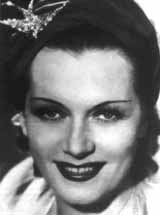
Olga Konstantinovna Chekhova, known in Germany as Olga Tschechowa, was a Russian-German actress. Her film roles include the female lead in Alfred Hitchcock's Mary (1931).

Baroness Franziska "Fanny" von Arnstein, born Vögele Itzig, was a Viennese socialite and salonnière.
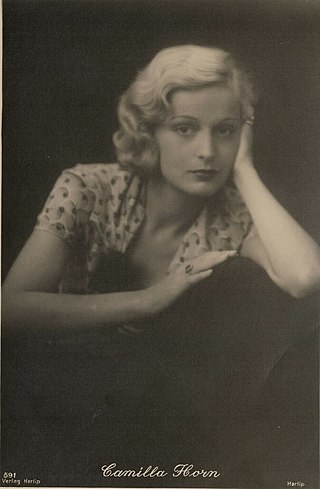
Camilla Martha Horn was a German dancer and a film star of the silent and sound era. She starred in several Hollywood films of the late 1920s and in a few British and Italian productions.
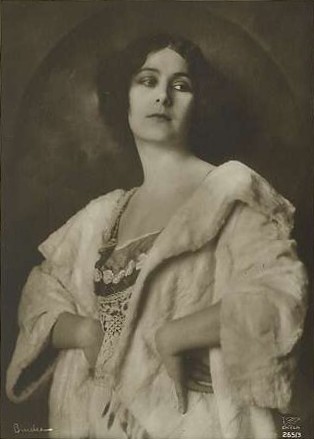
Lil Dagover was a German actress whose film career spanned between 1913 and 1979. She was one of the most popular and recognized film actresses in the Weimar Republic.
Der Fall Deruga is a novel by Ricarda Huch first published in German in 1917 about a physician charged with killing his ex-wife. An early courtroom drama, it depicts a trial by jury in which the defendant is reluctant, if not unwilling, to talk about the crime he has allegedly committed. In 1938 the novel was turned into a film of the same title.

No Greater Love or Heart of the World is a 1952 West German historical drama film directed by Harald Braun. It was entered into the 1952 Cannes Film Festival. It was shot at the Bavaria Studios in Munich and on location in Berlin. The film's sets were designed by the art directors Hermann Warm and Robert Herlth.

Hertha von Walther was a German film actress. She appeared in 80 films between 1921 and 1983.
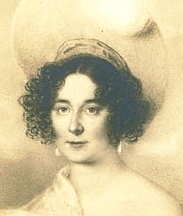
Baroness Therese von Droßdik was an Austrian musician and a close friend of Ludwig van Beethoven. She is best known as one of the possible dedicatees of Beethoven's famous bagatelle, "Für Elise", WoO 59.

Mia May was an Austrian actress. She was married to the Austrian film producer and director Joe May and appeared in 44 films between 1912 and 1924. Her daughter was the actress Eva May.

Domenico "Memo" Benassi was an Italian film actor who appeared in more than forty films in a mixture of leading and supporting roles. He played the composer Beethoven in the 1942 film Rossini.

The Haller Case is a 1933 Italian thriller film directed by Alessandro Blasetti and starring Marta Abba, Memo Benassi and Camillo Pilotto. The film is based on the 1893 play Der Andere by Paul Lindau. It marked the screen debut of Isa Miranda, who had her breakthrough role the following year in Everybody's Woman and emerged as the most international-renowned Italian actress of the decade.
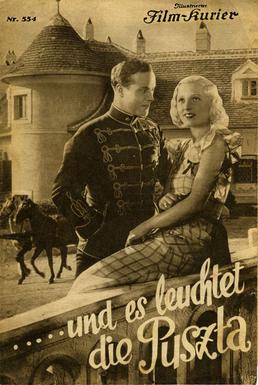
And the Plains Are Gleaming is a 1933 German-Hungarian drama film directed by Heinz Hille and starring Rosy Barsony, Károly Sugar and Wolf Albach-Retty. It was shot at the Hunnia Studios in Budapest. The film's sets were designed by the art directors Herbert Lippschitz and Márton Vincze.A separate Hungarian-language version The Old Scoundrel was also made.

His Late Excellency is a 1927 German silent comedy film directed by Adolf E. Licho and Wilhelm Thiele and starring Willy Fritsch, Olga Chekhova, and Ernst Gronau. It was shot at the Tempelhof Studios in Berlin. The film's sets were designed by the art directors Erich Czerwonski and Günther Hentschel.

The Adventures of Sybil Brent is a 1925 German silent film directed by Carl Froelich and starring Henny Porten, Memo Benassi and Rudolf Biebrach. It was shot at the EFA Studios in Berlin. The film's sets were designed by the art director Franz Schroedter.
Modern Marriages is a 1924 Czech-German silent comedy film directed by Hans Otto and starring Fritz Kortner and Helena Makowska.
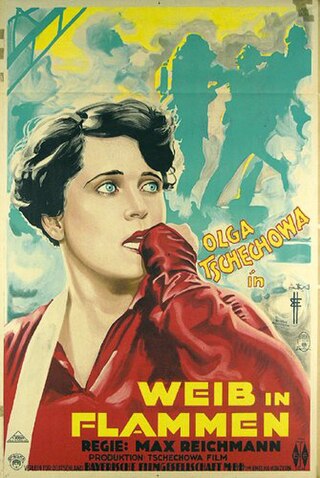
Woman in Flames is a 1928 German silent drama film directed by Max Reichmann and starring Olga Chekhova, Alexej Bondireff and Ferdinand von Alten. The film's sets were designed by the art director Alexander Ferenczy. It premiered at the Marmorhaus in Berlin.

Tragedy of Love is a 1923 German silent film directed by Joe May and starring Mia May, Emil Jannings and Marlene Dietrich.
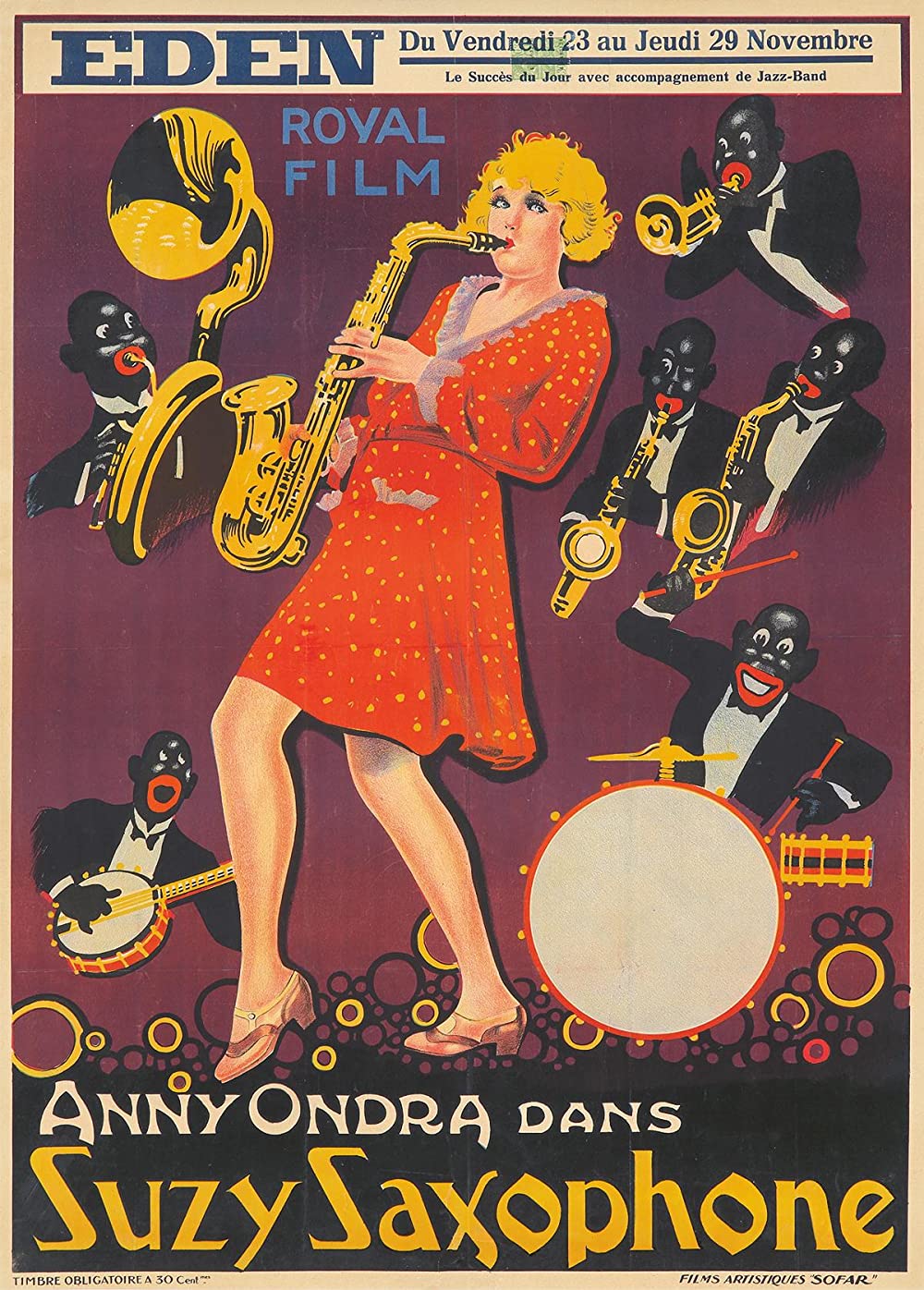
Suzy Saxophone or Saxophone Suzy is a 1928 French-German silent comedy film directed by Karel Lamač and starring Anny Ondra and Hans Albers. It was shot at the Johannisthal Studios in Berlin. The film's art direction was by Carl Ludwig Kirmse.

The Leghorn Hat is a 1939 German period comedy film directed by Wolfgang Liebeneiner and starring Heinz Rühmann, Herti Kirchner and Christl Mardayn. It is based on the 1851 play The Italian Straw Hat written by Eugène Labiche, which has been adapted for the screen on several occasions.

The Villa in Tiergarten Park is a 1927 German silent romance film directed by Franz Osten and starring Joe Stöckel, Aud Egede-Nissen, and Elsa Krueger. It still survives unlike many films from the silent era.


















